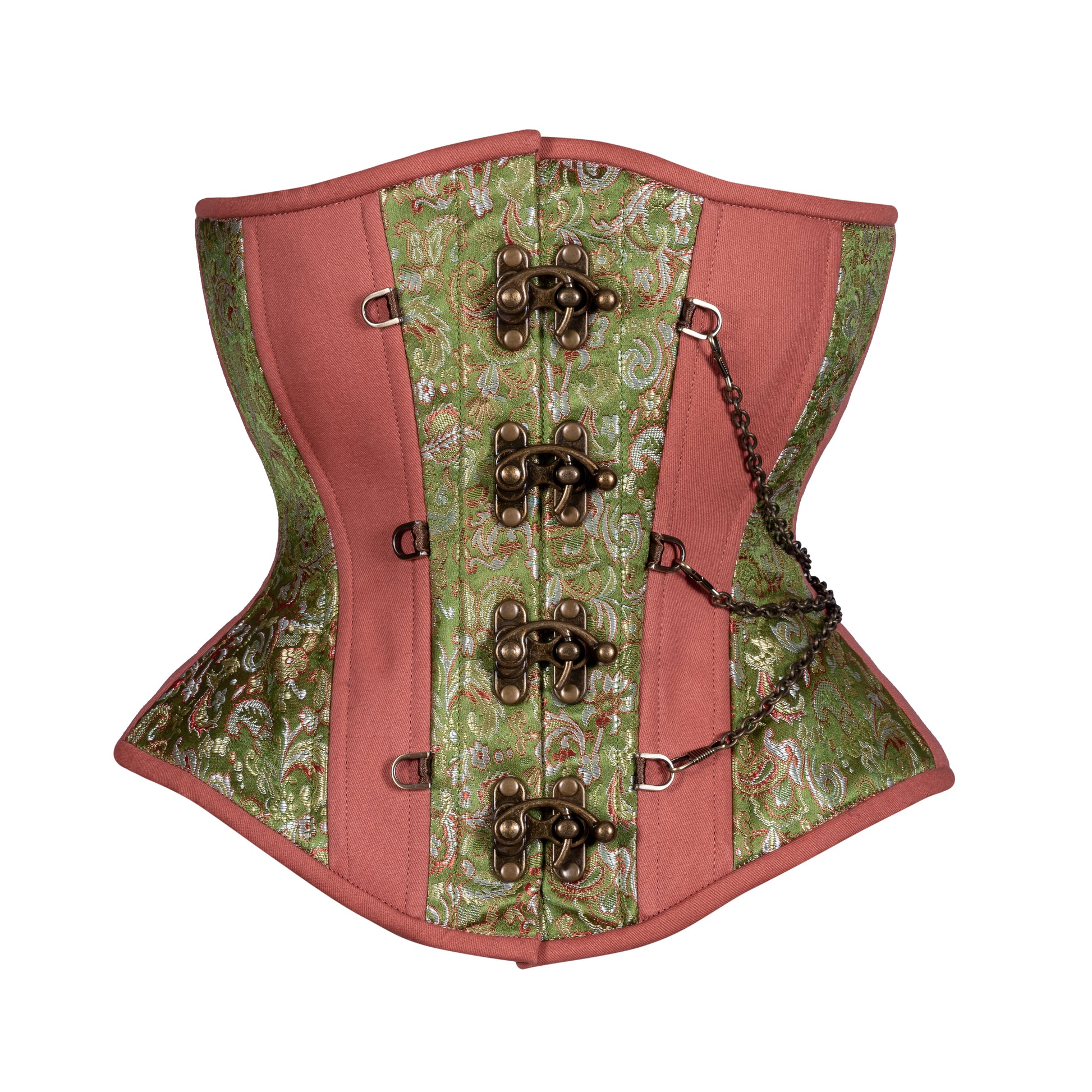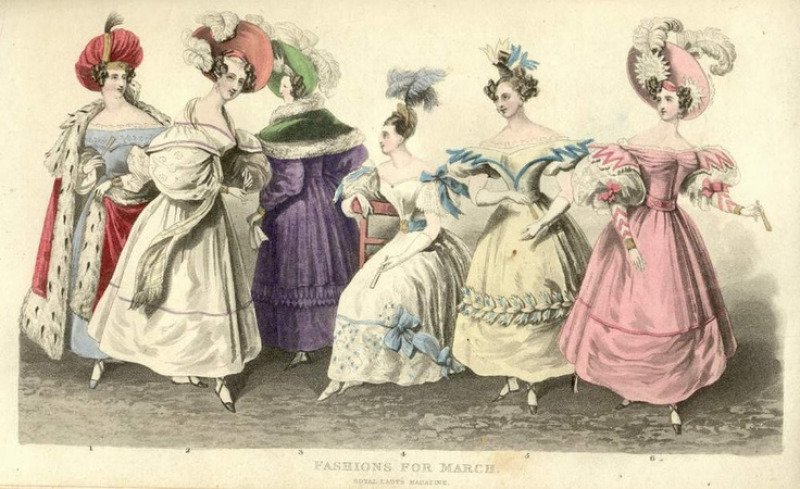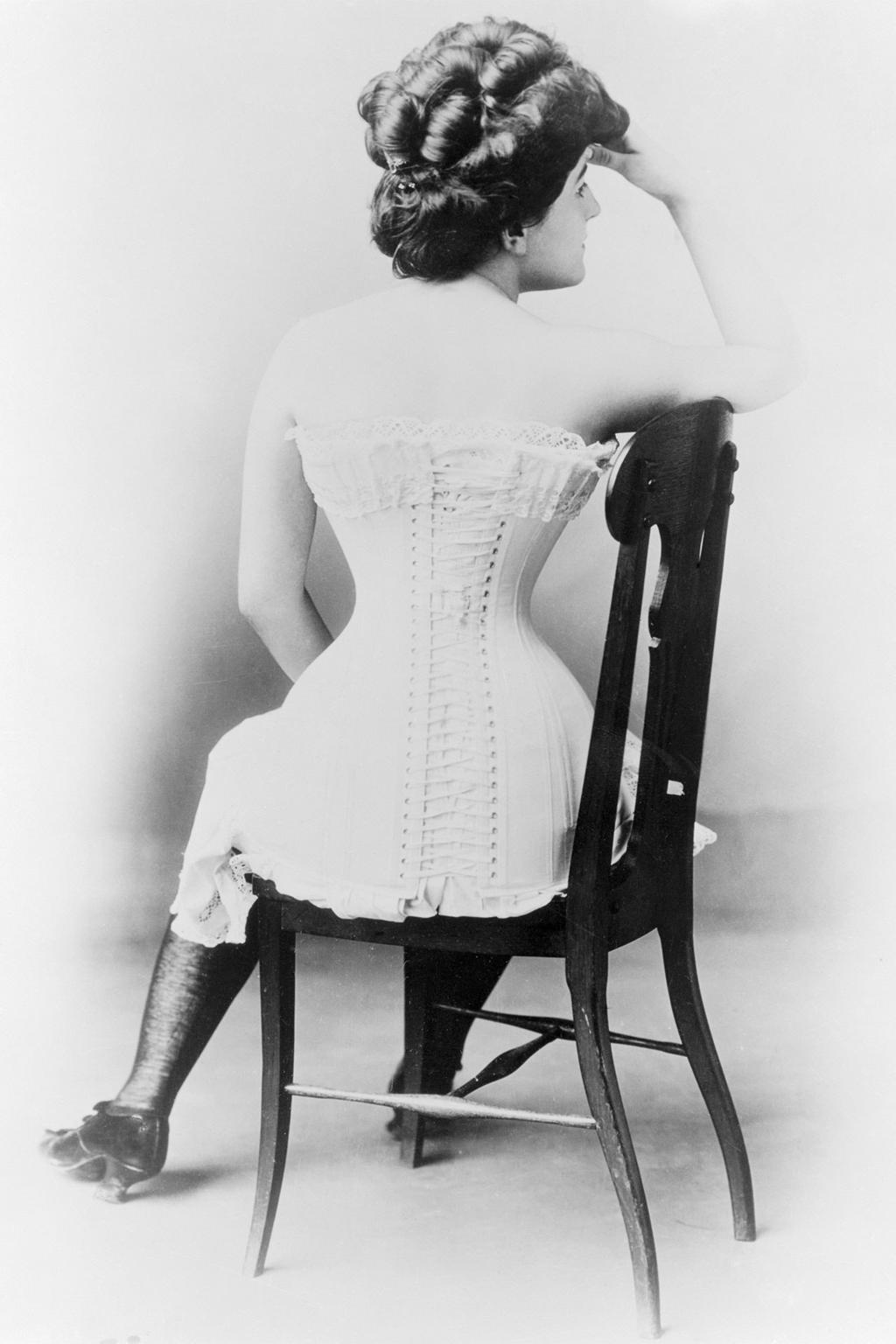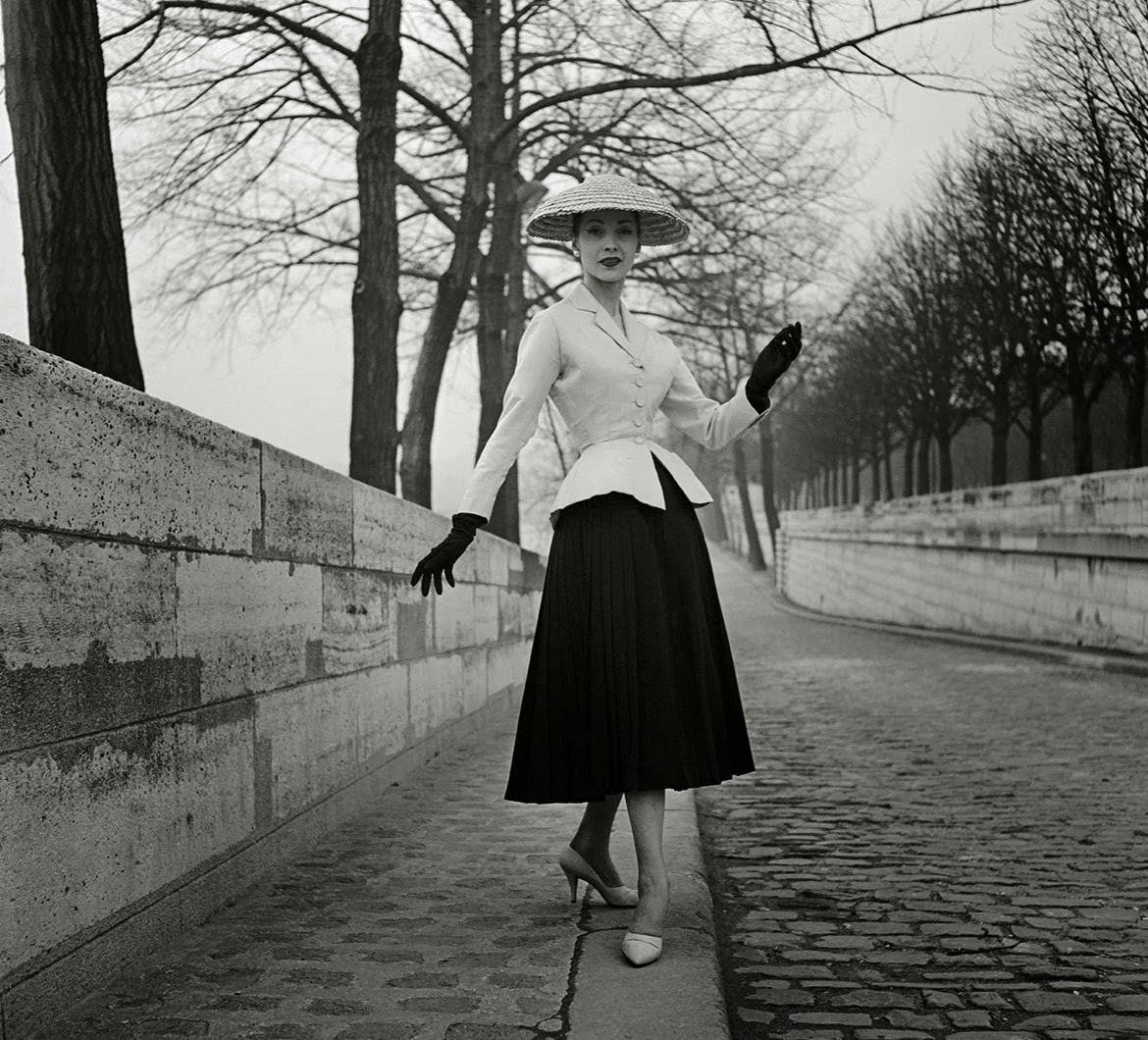Explore the evolution of the corset in fashion history, from a practical body-shaping garment to a provocative symbol of empowerment in modern fashion.
The corset, a garment known for its ability to shape the torso and create a desired silhouette, has undergone a dramatic evolution throughout fashion history. From its practical origins in the 16th century to its role as a provocative symbol of feminine beauty and sexual allure, the corset reflects broader social, cultural, and fashion trends. Understanding the corset’s journey offers a fascinating glimpse into the changing attitudes towards the female body, the politics of fashion, and its role in both empowerment and body shaping within modern fashion.
The Early Practical Beginnings of the Corset
The corset’s history began long before the 16th century, with early versions of body-shaping garments found in ancient Greece and Rome. However, it was in the Renaissance period that the corset as we know it began to take shape.

The Corset in Renaissance Europe
- Early Functionality: In the 1500s, corsets were primarily used to support the bust and create a smooth, conical shape. They were made from linen and stiffened with materials like reed or wood. Unlike modern corsets, these early versions were designed more for support than for extreme waist reduction.
- Court Fashion and Status: The corset quickly became associated with courtly fashion and social status. Worn by both men and women, corsets served to display wealth and power, often embellished with precious metals and stones.
- Health and Hygiene Concerns: There were debates over the corset’s impact on health, with some doctors warning against tight lacing, which could restrict breathing and damage internal organs. Despite these concerns, the popularity of the corset continued to rise.
The Corset’s Evolution in the 18th and 19th Centuries
As the corset continued to evolve, it became more structured and rigid, reflecting changing beauty standards and social norms. By the 18th century, the corset had become an essential part of women’s wardrobes.



The Rococo Era and the Hourglass Silhouette
- Rococo Refinement: During the Rococo period, corsets were designed to accentuate the waist while lifting the bust, creating an exaggerated hourglass silhouette. Made from luxurious fabrics like silk and satin, they were often adorned with intricate embroidery and lace.
- Symbol of Femininity and Virtue: The corset became a symbol of femininity, virtue, and modesty. It was considered improper for a woman to appear in public without a corset, and girls were often introduced to corsetry at a young age to ensure proper posture and decorum.
- Health Controversies: The use of whalebone and tight lacing became common, leading to criticisms about the restrictive nature of corsets and their impact on women’s health. Despite this, the desire for a cinched waist continued to dominate fashion.
The Corset as a Symbol of Oppression and Rebellion in the 19th and Early 20th Centuries

The 19th century saw the corset become even more tightly laced and restrictive, a practice that would eventually lead to its decline.


Victorian Corsetry and the Tight-Lacing Debate
- Victorian Waist Training: The Victorian era is perhaps the most famous for the practice of tight-lacing, where women wore corsets that cinched their waists to extremes. This era cemented the corset’s reputation as both a tool of beauty and an instrument of oppression.
- Social and Cultural Backlash: The late 19th century saw a backlash against corsetry, fueled by growing movements for women’s rights and changes in fashion that favored more practical clothing. The Rational Dress Society was founded in 1881 to oppose “any fashion in dress that deforms the figure, impedes the movements of the body, or in any way tends to injure the health.”
- Introduction of Alternatives: The early 20th century brought alternatives to the corset, such as the brassiere, which offered more freedom of movement and was seen as a healthier option. The corset’s role in everyday fashion began to wane, although it remained a staple for formal occasions.
The Corset’s 20th Century Rebirth: From Restriction to Empowerment
The 20th century marked a significant shift in the perception of the corset. No longer viewed merely as a restrictive undergarment, the corset was reimagined as a provocative fashion statement and a symbol of sexual freedom and empowerment. This transformation allowed the corset to move beyond its purely practical origins, embracing a new role that celebrates both personal expression and the power of self-definition.


1950s to 1980s: Revival and Reinvention
- Post-War Glamour and the New Look: The corset saw a resurgence in popularity with Christian Dior’s “New Look” in 1947, which emphasized a cinched waist and full skirt. This style revived the hourglass silhouette and brought the corset back into mainstream fashion, albeit in a more modern and comfortable form.
- The Corset as Outerwear: In the 1980s, designers like Vivienne Westwood and Jean-Paul Gaultier began to incorporate corsets into their collections, reimagining them as outerwear. The corset became a provocative symbol of empowerment and rebellion, worn by pop icons like Madonna as a statement of sexual liberation and strength.
- Corsetry in Pop Culture: The use of corsets in film and music further cemented their status as a fashion icon. Movies like “Gone with the Wind” and “Moulin Rouge!” showcased the corset as both a symbol of bygone elegance and modern-day sensuality.
The Corset in Contemporary Fashion: Tradition Meets Innovation
Today, the corset has found a place in both high fashion and everyday wear, blending historical references with contemporary style. It has become a versatile piece, worn to make bold fashion statements or as a subtle nod to vintage glamour.

Modern Adaptations and Sustainable Practices
- Modern Corsetry: Modern designers continue to explore the corset’s potential, creating pieces that range from minimalist designs to elaborate constructions. The corset has appeared on runways around the world, showcasing its adaptability and timeless appeal.
- Sustainability and Ethical Fashion: In response to growing concerns about sustainability, some designers are reimagining the corset using ethical practices and eco-friendly materials. Vintage corsets have also seen a resurgence as consumers look for sustainable fashion choices.
- Body Positivity and Inclusivity: Contemporary corsetry reflects a more inclusive approach to fashion, with designs that cater to diverse body types and celebrate individual expression. The corset is no longer just about achieving a specific silhouette but about enhancing confidence and personal style.
Conclusion
The fashion history of the corset is a tale of transformation—from a practical garment designed for body shaping to a provocative symbol of both constraint and empowerment. The corset’s enduring presence in fashion demonstrates its unique ability to adapt to evolving social norms and aesthetic values. As it continues to evolve, the corset remains a fascinating element of fashion history, reflecting the complexities of beauty, power, and identity in both past and modern fashion.
